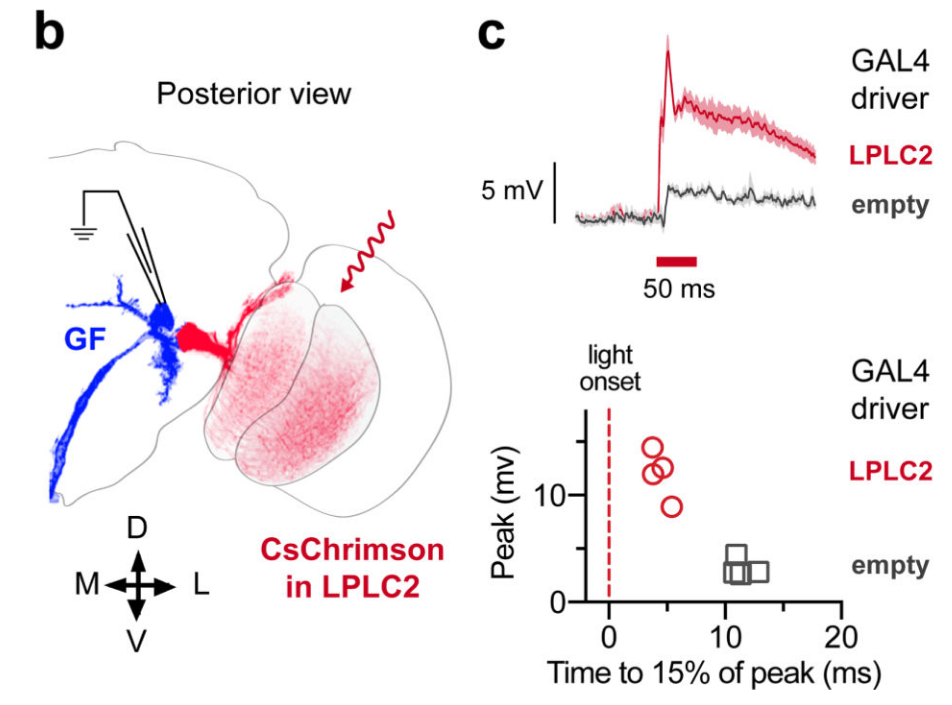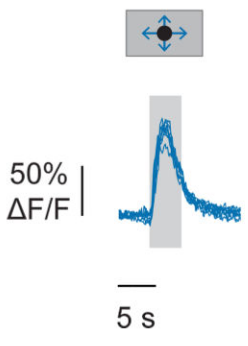Ultra-selective looming detection from radial motion opponency
authors: Nathan C. Klapoetke, Aljoscha Nern, Martin Y. Peek, Edward M. Rogers, Patrick Breads, Gerald M. Rubin, Michael B. Reiser, Gwyneth M. Card
doi: 10.1038/nature24626
CITATION
Klapoetke, N. C., Nern, A., Peek, M. Y., Rogers, E. M., Breads, P., Rubin, G. M., Reiser, M. B., & Card, G. M. (2017). Ultra-selective looming detection from radial motion opponency. Nature, 551(7679), 237–241. https://doi.org/10.1038/nature24626
ABSTRACT
fleeting notes
highlights
“T4 and T5 are each comprised of four subtypes that are directionally selective in one of four cardinal directions”Page 2
“We here show that LPLC2 (lobula plate/lobula columnar, type II) cells, a class of visual projection neurons10, have the precise dendritic configuration – an outward pattern in each lobula plate layer – expected to encode local outward motion.”Page 2
“LPLC2 cells are a population of ~80 visual projection neurons10 whose dendrites cover the lobula plate (Fig. 1a and Extended Data Fig. 1b) and whose axons terminate near the lateral dendrite of the giant fiber (Fig. 1b), a large, loom-responsive descending interneuron that mediates an escape response14”Page 2
“PLC2 are one of several looming-sensitive visual projection cell types identified in Drosophila7,10,29 and the second cell type identified as a presynaptic partner of the giant fiber. These parallel channels encode different features of a looming stimulus, such as its size or speed29.”Page 5

